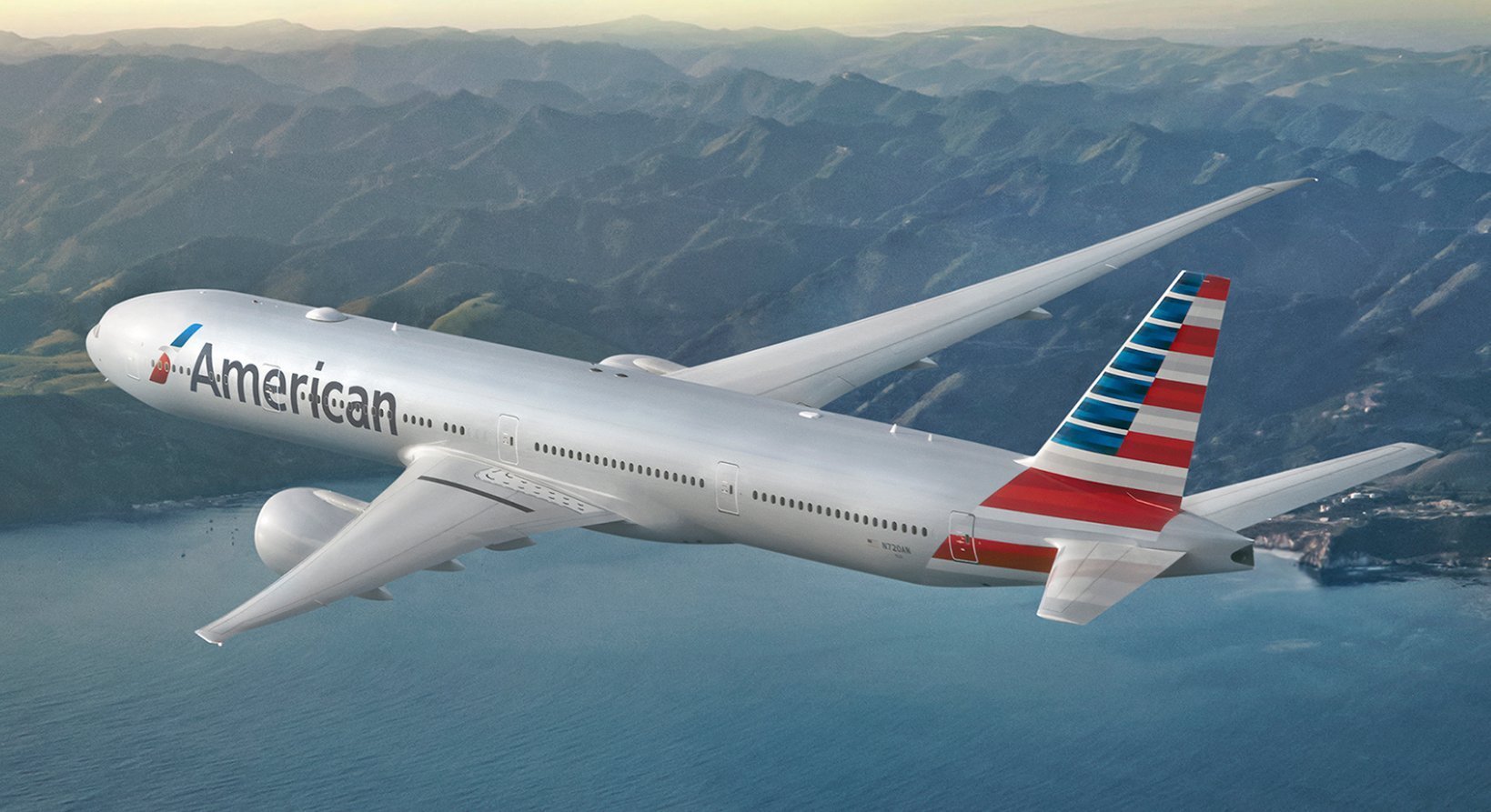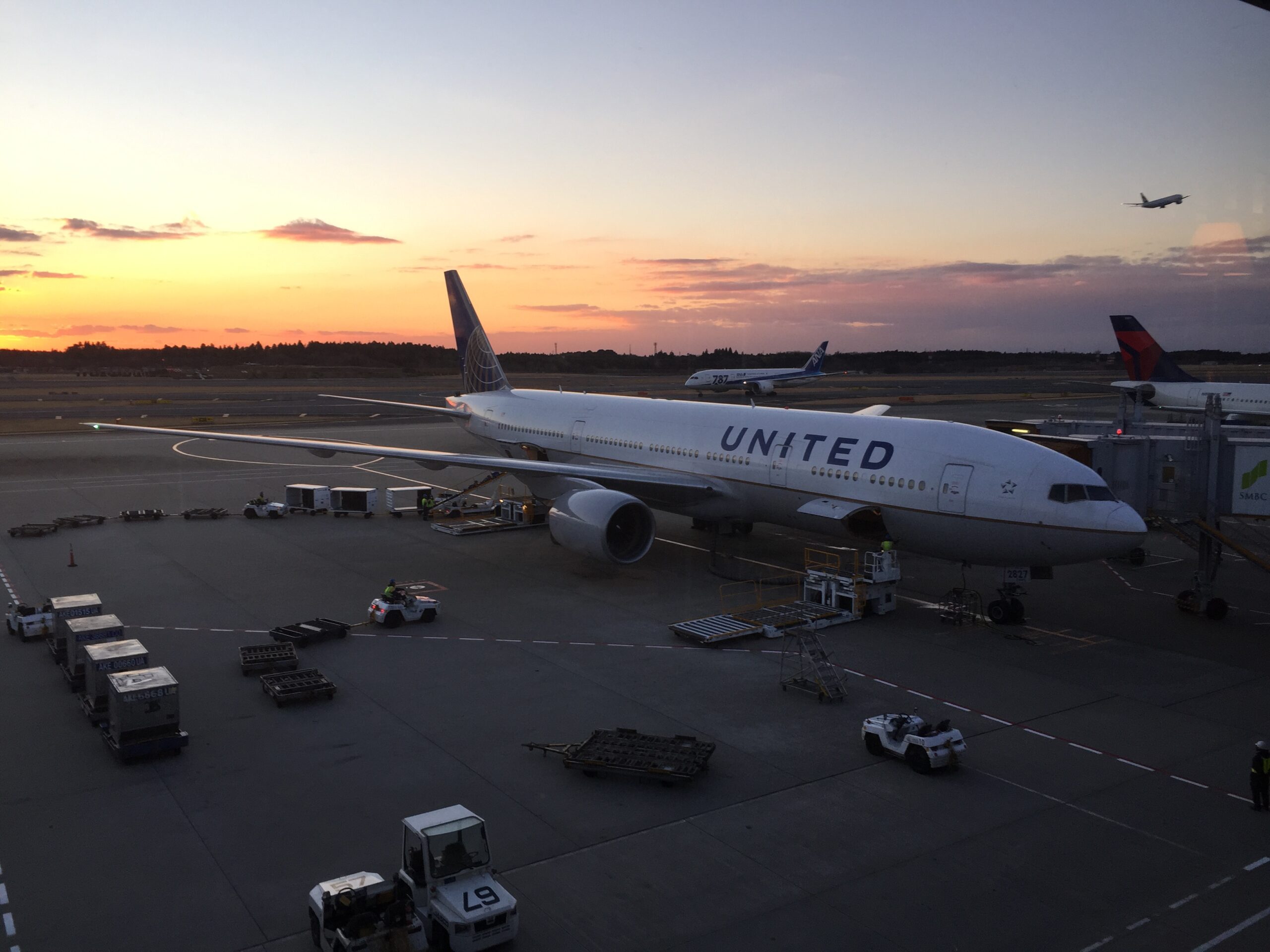Advertiser & Editorial Disclosure: The Bulkhead Seat earns an affiliate commission for anyone approved through the links below. This compensation may impact how and where links appear on this site. We work to provide the best publicly available offers to our readers. We frequently update them, but this site does not include all available offers. Opinions, reviews, analyses & recommendations are the author’s alone, and have not been reviewed, endorsed, or approved by any of these entities.
American Airlines and United Airlines have applied to fly nonstop from New York John F Kennedy International Airport (JFK) and Houston’s George Bush Intercontinental Airport (IAH) to Tokyo Haneda Airport (HND), respectively. These applications are now with the United States Department of Transportation (DOT) for approval.

Pending approval, American will offer year-round, nonstop service once daily using a Boeing 777-200. This will complement service provided by fellow oneworld airline, Japan Airlines (it currently flies the route). American currently flies to Tokyo Haneda Airport (HND) from both Dallas/Fort Worth International Airport (DFW) (1x daily) and Los Angeles International Airport (LAX) (2x daily).
Molly Wilkinson, American’s Vice President of Regulatory and International Government Affairs, said:
American looks forward to presenting our competitive application to provide new and enhanced service to Tokyo’s convenient Haneda Airport. This will be the only nonstop service from JFK to Tokyo operated by a U.S. airline. Joining American’s existing flights from Dallas-Fort Worth and Los Angeles, JFK to Tokyo service adds an East Coast gateway for flights to Haneda, while offering the largest metropolitan area in the U.S. more options for travel to one of the most important business hubs in the world.”

United would like to be the first US carrier to fly from its hub at George Bush Intercontinental Airport (IAH) on a nonstop, daily basis. Its Star Alliance sister airline, ANA, currently operates the route daily using a Boeing 787. Houston has a rapidly growing population and 240+ Japanese-affiliated companies. United also flies to Tokyo Haneda Airport (HND) from Chicago O’Hare International Airport (1x daily), Los Angeles International Airport (LAX) (1x daily), Newark Liberty International Airport (EWR) (1x daily), San Francisco International Airport (SFO) (1x daily), and Washington Dulles International Airport (1x daily). This makes Denver International Airport (DEN) the only United hub without nonstop service.
Patrick Quayle, Senior Vice President, Global Network Planning and Alliances at United Airlines, said:
Between its steadily growing population and its booming energy and innovation sectors, the Houston area has transformed into a critical hub for both business and leisure travel. If awarded by the DOT, this new service will enhance travel options to Tokyo Haneda for consumers across the Southern United States, and strengthen the economic partnership between Japan and more than 240 affiliated businesses in the greater Houston area.”
Japanese-owned companies directly employ over 70,000 workers in Texas. Tokyo Haneda Airport (HND) has seen huge growth over the past few years as slots were opened to US carriers. Prior to that, American, Delta, and United all focused on serving Tokyo Narita International Airport (NRT), which is further from the city and less convenient.
Anthony’s Take: Both of these routes are expected to be approved, since it is generally more a formality. US travelers will soon have even more nonstop choices to the Land of the Rising Sun.
(Image Credits: American Airlines and United Airlines.)
User Generated Content Disclosure: The Bulkhead Seat encourages constructive discussions, comments, and questions. Responses are not provided by or commissioned by any bank advertisers. These responses have not been reviewed, approved, or endorsed by the bank advertiser. It is not the responsibility of the bank advertiser to respond to comments.
Advertiser & Editorial Disclosure: The Bulkhead Seat earns an affiliate commission for anyone approved through the links above This compensation may impact how and where links appear on this site. We work to provide the best publicly available offers to our readers. We frequently update them, but this site does not include all available offers. Opinions, reviews, analyses & recommendations are the author’s alone, and have not been reviewed, endorsed, or approved by any of these entities.

1 comment
Didn’t American dump JFK-TYO years ago?